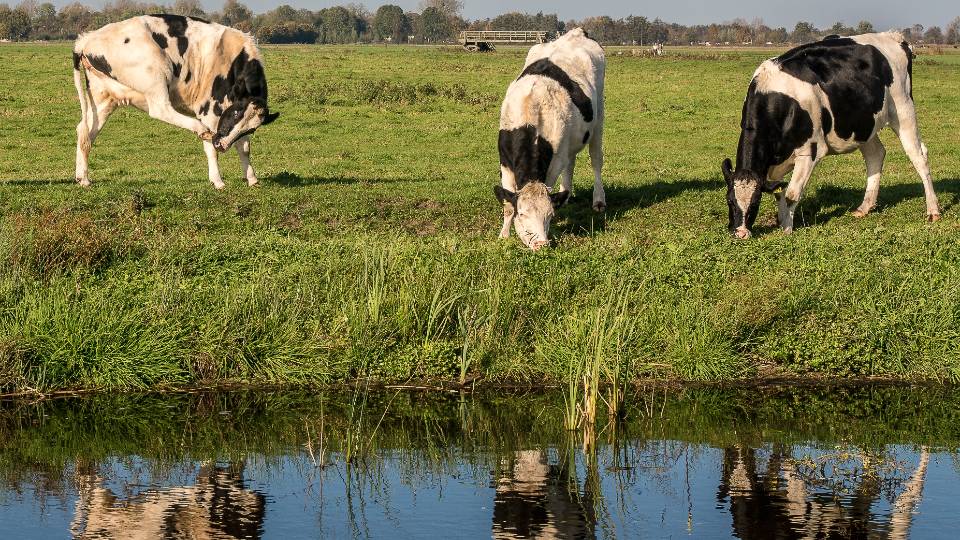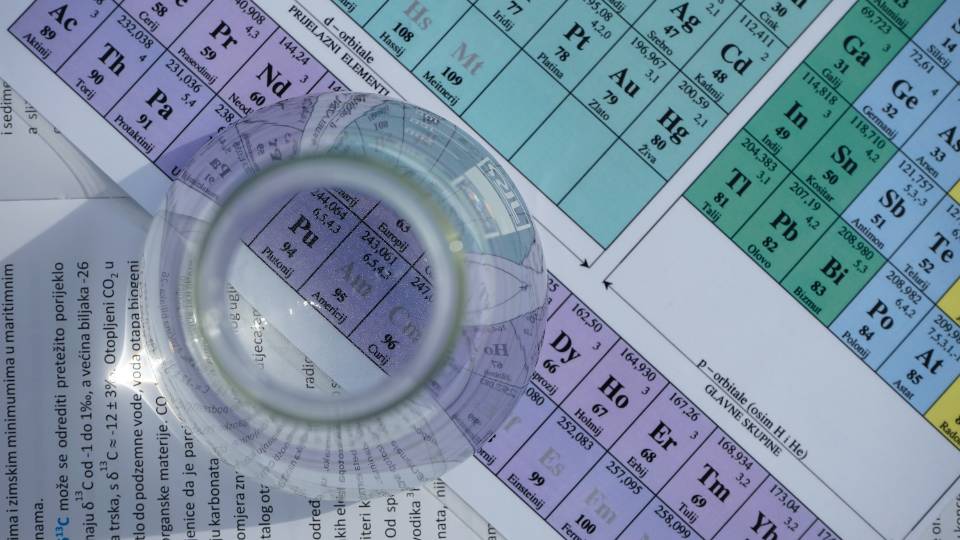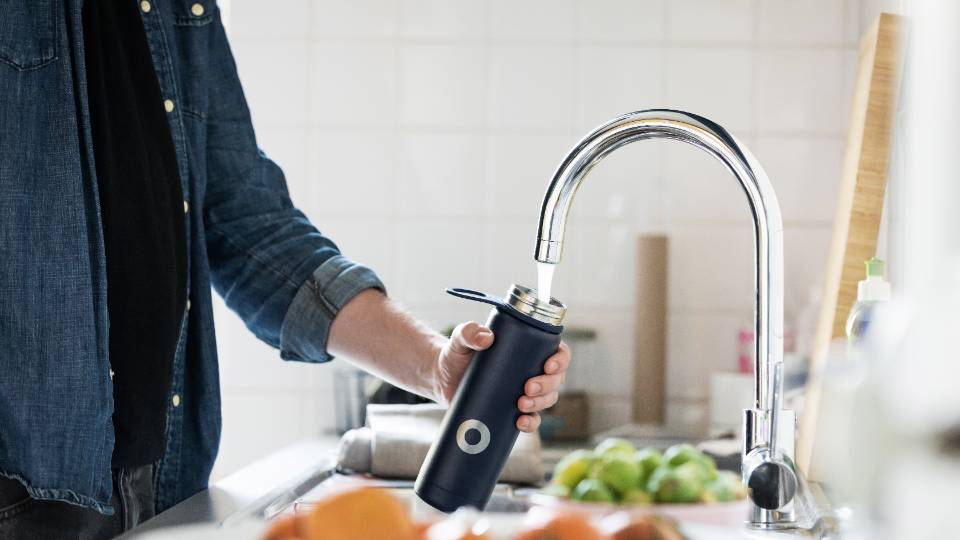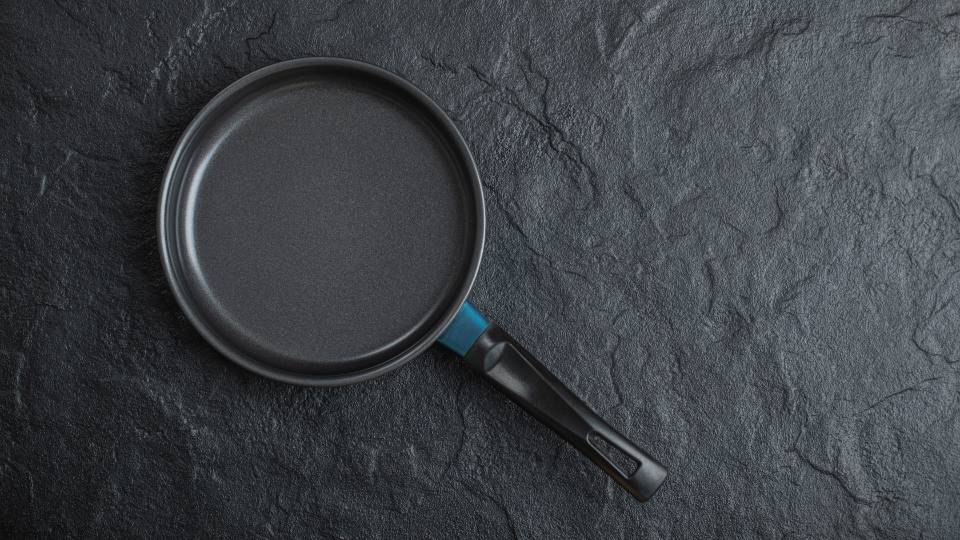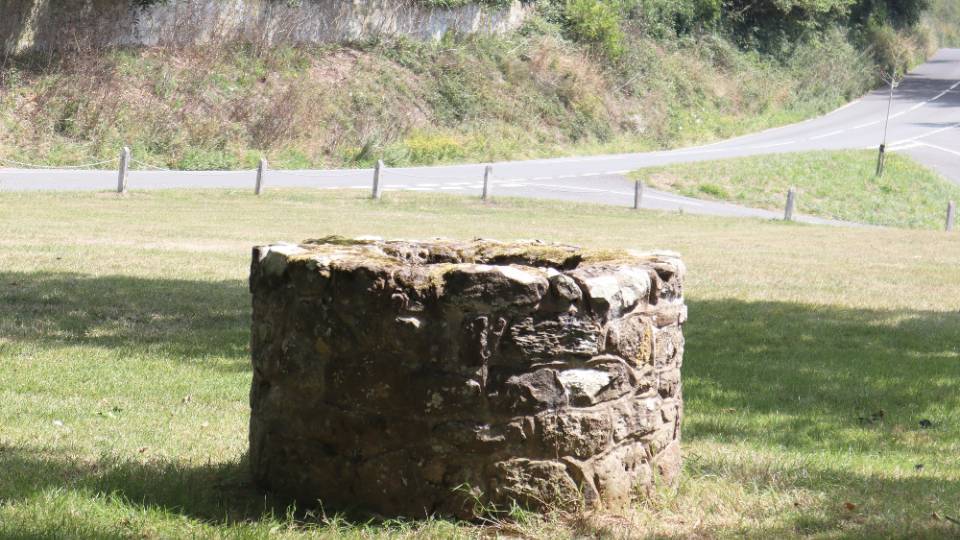Drinking Water Treatment
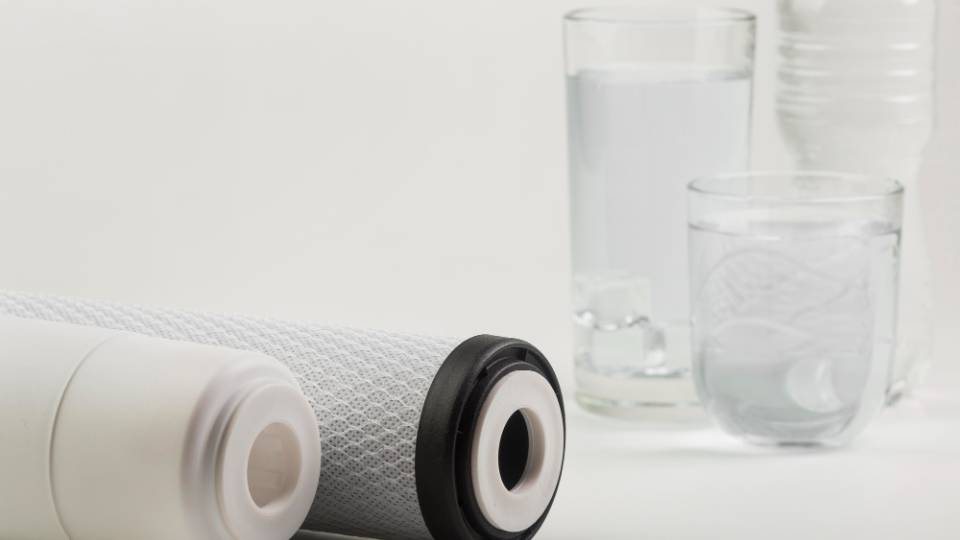
There are many options to treat contaminated water. Each option addresses different problems, making the choice of a treatment system important. Some common treatment options are water softening, disinfection and filtration. While not an exhaustive list, the tables below can give readers a starting point for performing additional research.
Water Softening
Water softeners use biological and physical processes to treat the water.
| Type | Material Removed [3] | Pros [3] | Cons [3] | Approximate Cost [1] |
|---|---|---|---|---|
| Ion Exchange Column | Calcium, magnesium, barium, radium, dissolved iron, manganese | Many systems recharge themselves | Treated water has a higher level of sodium | $400-$3,000 |
| Distillation | Lead, nitrate, sodium chloride, pesticides, organic compounds | Available in counter-top and whole house units | Flat or bland tasting water Slow, requires a lot of water Must be cleaned frequently Consumes significant electricity |
$50-$4,000 |
| Reverse Osmosis | Radium, sulfate, calcium, magnesium, potassium, nitrate, fluoride, phosphorous, some pesticides, some organic compounds | Available in under sink and whole house units | Expensive Uses large amounts of water |
$1,000-$11,000 |
Filtration
Filtering removes suspended material and some organic compounds from water. It doesn’t remove bacteria, nitrates, or lead. Filtration is best used as a secondary water treatment method. There are 3 main filtration systems that can be purchased for your home- activated carbon, mechanical, and green sand.
| Type | Material Removed [3] | Pros | Cons | Approximate Cost |
|---|---|---|---|---|
| Mechanical | Sand, silt, clay, organic matter | Can be installed on individual faucets | Doesn't remove dissolved or fine particles [3] | $50-$500 [4] |
| Activated Carbon | VOCs, pesticides, radon gas, hydrogen sulfide, mercury, residual chlorine | Great at catching small particles because of surface area [6] Eliminates odors and tastes [6] Can remove giardia and cryptosporidium [3] |
Can become breeding grounds for bacteria Difficult to know when to replace [6] |
$180-$550 |
| Green Sand (manganese dioxide filter media) | Iron, manganese, hydrogen sulfide | Requires a lower backwash flow rate than solid manganese media [2] Prevents rotten egg smell [3] |
Build up must be removed by backwashing twice a week. [3] | $1,000-$2,000 |
Disinfection
The purpose of disinfection is to kill pathogens.
| Type | Material Removed [3] | Pros [3] | Cons [3] | Cost |
|---|---|---|---|---|
| Chlorination | Bacteria, some viruses | Continues to disinfect after treatment If followed by filtration, it can remove hydrogen sulfide, dissolved iron and manganese |
Can impart a disagreeable taste Possible formation of trihalomethanes |
$500-$1500 |
| UV Radiation | Bacteria, some viruses | Widely effective if UV has high enough power | Ineffective against cysts and worms Cloudy water reduces effectiveness Becomes less effective with time |
$350-$1500 |
| Ozonation | Bacteria, some viruses, some pesticides | Doesn’t produce any taste or odor Can remove iron, sulfur, and manganese if followed by filtration |
Expensive No residual effect |
$1,000-$5,000 |
References
[1] Allen, N. (2023, February 27). How much does it cost to install a water softener system in 2023? Forbes Home. https://www.forbes.com/home-improvement/plumbing/water-softener-system-installation-cost/[2] Bulfin, G. (2013, October 24). What is the difference between Filox, MangOX, Pyrolox, Pro-OX, and Greensand iron filter media? The Clean Well Water Report; Clean Water Store. https://www.cleanwaterstore.com/blog/what-is-the-difference-between-filox-mangox-pyrolox-and-greensand-iron-filter-media/
[3] Daniels, B., & Mesner, N. (2010). Drinking water treatment systems. In Utah Water Quality. https://extension.usu.edu/waterquality/files-ou/Publications/Drinking-water-treatment-systems.pdf
[4] Noel, S. (2023, April 5). How much does a home water filtration system cost? (2023). HomeGuide. https://homeguide.com/costs/water-filtration-system-cost
[5] What are some of the limitations of activated carbon in water treatment devices? (n.d.). Support.cascadedesigns.com; Cascade Designs Customer Support. https://support.cascadedesigns.com/s/article/What-are-the-limitations-of-activated-carbon-in-water-treatment-devices
[6] Yuan, J., Passeport, E., & Hofmann, R. (2022). Understanding adsorption and biodegradation in granular activated carbon for drinking water treatment: A critical review. Water Research, 210, 118026. Science Direct. https://doi.org/10.1016/j.watres.2021.118026
Authors
Erin Rivers, Water Quality Extension Specialist; Abby Barton, Intern
Related Research



